Considered one of New Zealands’ finest hop creations, Rakau Hops is a true dual-purpose variety. It was initially called AlphaRoma due to its high alpha content and similarly high aroma and flavor. Not many other hop varieties can boast dual properties to the extent that Rakau can. If you’re looking to try a hop with explosive flavor, fruity undertones, and solid bitterness, Rakau is the hop for you.
Let’s take a deeper look at where Rakau came from and how it’s used.
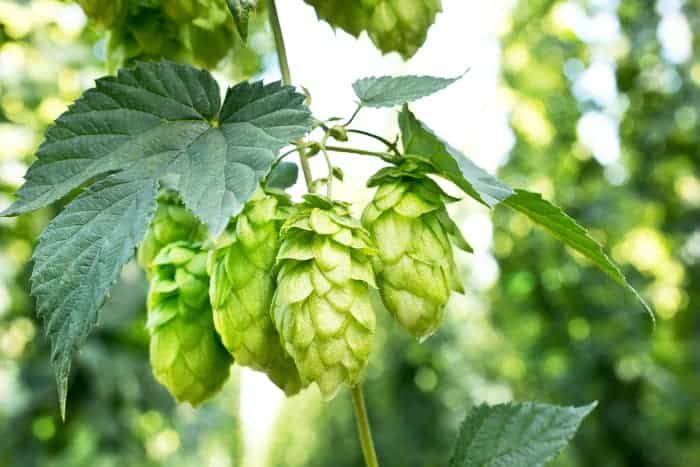
History and Origin of Rakau Hops
Rakau was born and bred in New Zealand for the specific purpose of being a dual-purpose hop. Rakau was originally known as AlphAroma in 1970 and was released to the public in 1983. After the original hop was discontinued, Rakau was created in its place by the New Zealand Hop Breeding Program and released under its current name in 2007.
Rakau isn’t quite as popular as other Kiwi varieties, but it manages to hold its own because it’s less pungent than other Kiwi varieties.
General Characteristics
Rakau is a mid to late season hop in terms of maturity time, and it often produces high yields. New Zealand is an excellent place to grow hops because of the few diseases and mild climate they have. Rakau was and remains popular because of its high acidity combined with high oil content, specifically myrcene.
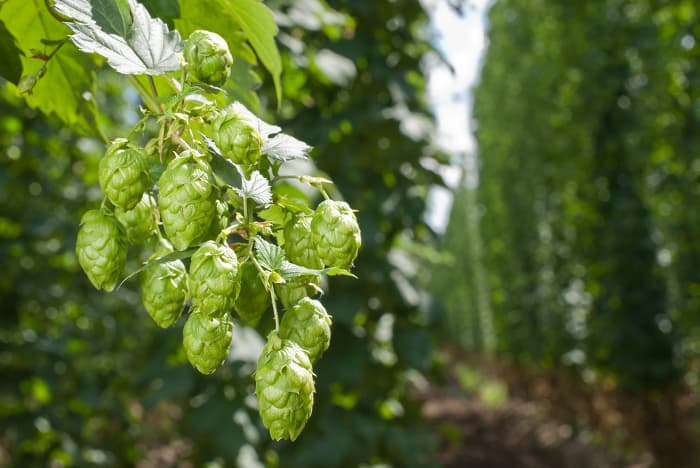
Flavor & Aroma Profile
While it possesses a deep bitterness, Rakau also has fruity and citrusy flavors that are to die for. Stone fruit, specifically apricot, and tropical fruits, figs, and candy flavoring are typical of Rakau. Combine that with a slight pine and resin flavor, and you’ve got a versatile hop variety in Rakau.
Brewing Values of Rakau Hops
Here are the brewing values for Rakau hops. Keep in mind that every year produces different quantities and qualities of Rakau, so these numbers are based on what is usually made.
- Alpha Acid – 9-12%
Alpha acids are the primary source of bitterness for beer, and the longer you boil Rakau hops, the more bitter it will be.
- Beta Acid – 5.0-6.0%
Beta acid might have acid in the name, but it doesn’t contribute to a beer’s bitterness, unlike Alpha. Betas’ purpose is to contribute flavor and aroma profile to a beer.
- Alpha-Beta Ratio – 2:1 – 2:1
The ratio you use for adding Alpha and beta acids will determine how bitter your brew is.
- Co-humulone as % of Alpha – 23-25%
The lower the cohumulone % is, the less bitter your beer will be. Higher levels will result in a more bitter taste.
- Total Oils 1.8-2.2 mL
Oils will also add flavor and aroma to the final product. Here are the different oils used with Rakau hops.
- Myrcene – 55-57%
- Humulene – 16-17%
- Caryophyllene – 5-6%
- Farnesene – 4-5%
- All Other Oils – 15-20%
Beer Styles That Use Rakau Hops
Rakau can be used in any beer to which you want to add a mixture of fruit and bitterness. However, on a commercial level, here are the beer styles that most often use Rakau.
- Belgian Ale
- Pale Ale
- Lager
- IPA
- New World style Ales and Lagers

Beers That You Can Buy That Use Rakau Hops
If you want to sample the dynamic flavor and bitterness of Rakau firsthand, we recommend Rakau IPA by the Hop Federation of New Zealand. Outside of Rakau IPA, there aren’t many beers that use Rakau explicitly, as it’s often combined with other hop varieties.
Common Substitutions For Rakau Hops
If you’re having trouble getting your hands on Rakau Hops pellets, here are a few other varieties you can substitute in their place.
- Amarillo
- Summit
- NZ Waimea
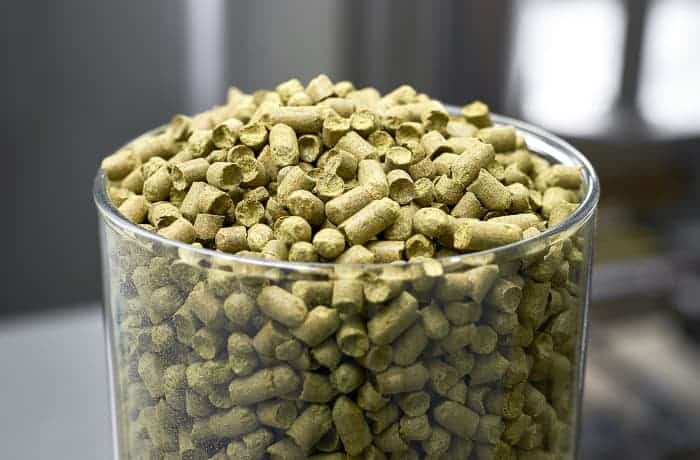
How to Grow Your Own Rakau Hops
Have we got you curious and thirsty enough to try to grow your own Rakau hops yet? If so, here is some crucial information that you’ll need.
Water
Rakau needs plenty of water like all hops, especially in the first two years of growth. Water Rakau regularly so that the soil remains moist but not flooded. You should be able to stick your finger two inches into the ground at all times and feel moisture.
Light
Rakau requires 6 to 8 hours of sunlight per day. Full sun is ideal unless you live in warmer climates with high temperatures. Where the temperature is consistently in the 80s and 90s, your plant will need a mixture of sun and shade.
Soil
Sandy, well-drained loam soil with a pH level between 6.0 and 7.0 is best for growing Rakau hops. You’ll want to plant your rhizome at least four inches deep in the ground and allow enough space for your plant’s roots to spread. Planting each Rakau hop plant 3 to 5 feet apart should be sufficient.
Zones
Hops plants are hardy and can thrive in hardiness zones 3 through 8. It’s best to plant Rakau hops between February and April because they can withstand cold temperatures for the most part. However, you want to avoid planting them until after the last frost of the year.
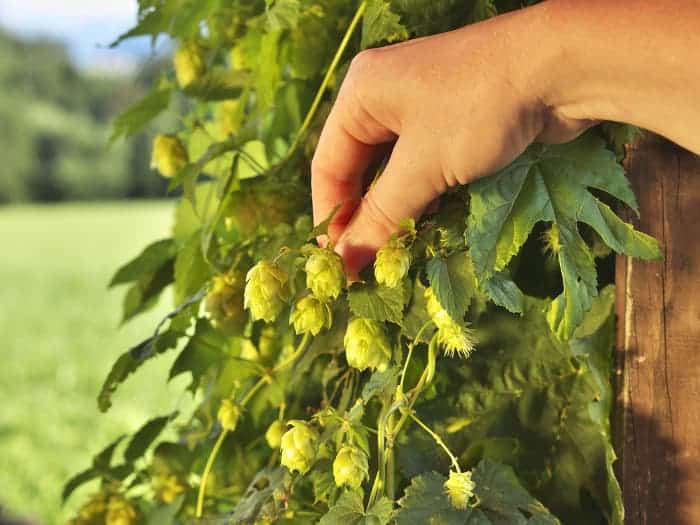
Pruning
Keep your hop plants trimmed to maintain good growth and reduce pests and diseases. Trimming is also key to keeping hop plants growing vertically instead of horizontally. If needed, use a pole or post to help train your plants to grow in a vertical direction. At times, you may need to also introduce a fungicide or herbicide into the hop growth process to keep mildew and pests at bay.
Outdoor
Rakau will grow to a height of 20-25 feet tall, so you’ll want to plant them outdoors. You should also provide a trellace or support system to aid them as they grow tall.
Where To Purchase Rakau Hops
Are you thinking about making your own homebrew using Rakau? If so, you can purchase the pellets at Amazon! Please message us and let us know how your brew turns out!
Final Thoughts About Rakau Hops
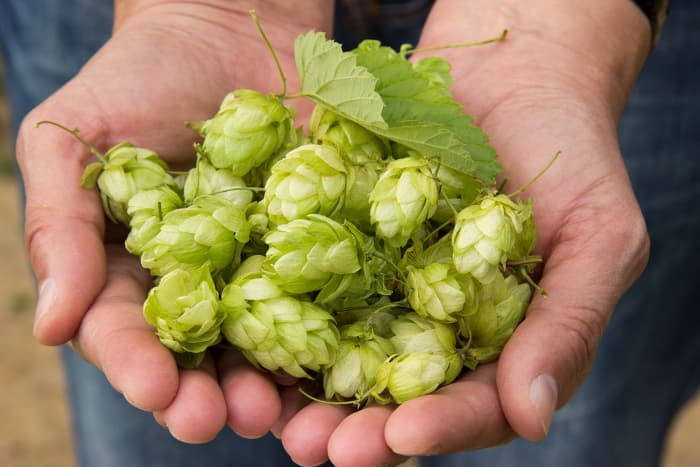
Well, there you have it, everything there is to know about Rakau Hops. Rakau is one of the finest dual-purpose hop varieties that New Zealand has to offer. Few other hops can pack this amount of bitterness and flavor into a single package. Go ahead and try Rakau in your next homebrew, and we all but guarantee that you won’t regret it!
- About the Author
- Latest Posts
Jalin Coblentz was born and raised in northeast Ohio in the heart of farming country and grew up working in the family garden growing corn, tomatoes, potatoes, and a wide range of vegetables.
Canning and preservation were also a way of life for Jalin growing up, and he spent countless hours helping his mother, grandmother, and aunts with these duties. It’s now his passion to share his skills and knowledge with others to help them achieve their own growing goals.

